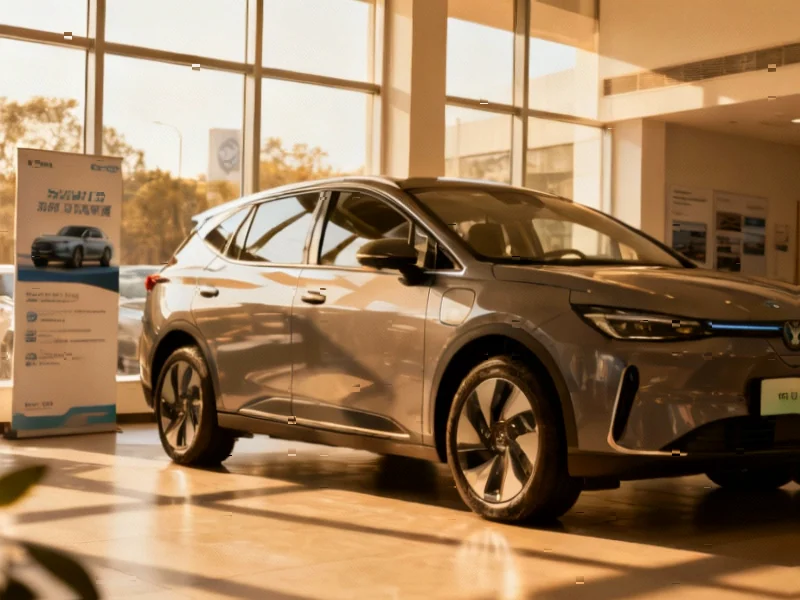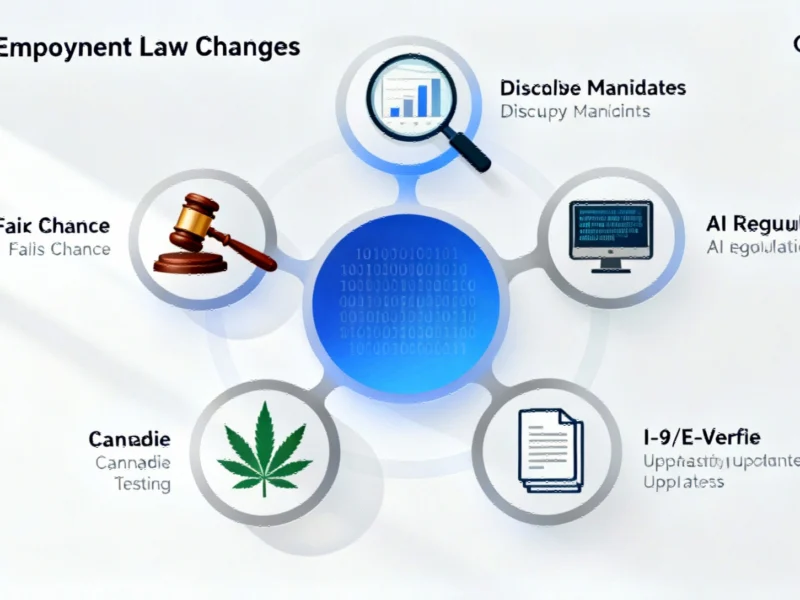According to Forbes, electric vehicle sales plummeted 68% in early October following the expiration of federal tax credits, dropping from 12.9% to just 5.2% of new-vehicle retail sales. Automakers are responding with increased discounts averaging $13,161 and strategic moves like GM’s lease program adjustments to offset the lost incentives. This dramatic shift reveals fundamental challenges in the EV market’s transition from policy-driven to organic demand.
Table of Contents
Understanding the EV Market’s Structural Vulnerabilities
The recent sales collapse exposes what industry veterans have long suspected: the electric vehicle market remains heavily dependent on artificial stimulus rather than genuine consumer preference. The pattern we’re seeing mirrors other technology adoption curves where early adopters respond strongly to incentives, but mainstream consumers prove more price-sensitive and practical in their purchasing decisions. The fundamental issue isn’t just the expiration of tax credits themselves, but the underlying economics that make EVs require such substantial subsidies to compete with internal combustion vehicles.
Critical Market Realities Beyond the Headlines
The data from J.D. Power and CarGurus reveals several concerning trends that automakers must confront. First, the average $9,070 premium for new EVs over hybrid vehicles represents a fundamental affordability gap that discounts alone cannot solve. Second, the inventory buildup following September’s buying surge suggests production planning failures and over-optimistic demand forecasting. Most critically, the rapid consumer shift toward hybrids indicates that buyers are prioritizing practical fuel efficiency over ideological commitments to full electrification.
Strategic Implications for Automakers
This sales crash forces a fundamental reassessment of product strategies across the industry. Companies like General Motors that invested heavily in EV infrastructure now face the reality that their market projections were overly optimistic. The immediate response of increasing discounts to over $13,000 per vehicle is financially unsustainable long-term and risks damaging brand perception and residual values. More strategically, automakers must balance their massive EV investments against the clear consumer preference for hybrids and more affordable options, creating tension between regulatory compliance and market reality.
Navigating the Transition Period
The coming 12-18 months will test whether automakers can successfully bridge the gap between early adopter enthusiasm and mainstream adoption. Success will require more than temporary discounts – it demands fundamental redesigns for cost reduction, expanded charging infrastructure investment, and honest reassessment of which vehicle segments truly benefit from electrification. The companies that survive this transition will be those that listen to consumer preferences rather than regulatory mandates, offering a balanced portfolio that includes hybrids, plug-in hybrids, and strategically selected EV models where the technology genuinely adds value.



